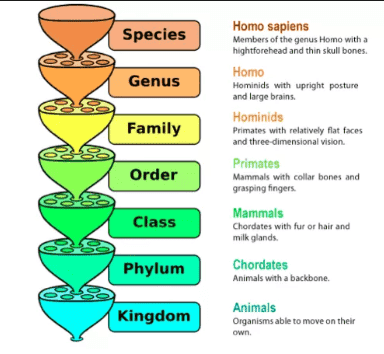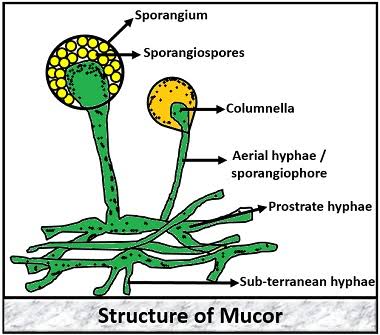GROUP - III
ORDER - None assigned
FAMILY - Reoviridae, subfamily Sedoreovirinae
GENUS - Rotavirus
GENOME - Eleven segments of double stranded RNA, containing a total of about 18,500 nucleotides, and encoding 12 proteins
GEOGRAPHY - Worldwide
HOSTS - Humans, but closely related viruses infect many young animals
ASSOCIATED DISEASES - Childhood diarrhea
TRANSMISSION - Fecal-oral, usually via direct contact among children or contaminated surfaces. There may be respiratory transmission as well
VACCINE - Attenuated live virus
 |
| Source Wikipedia |
Extreme levels of shedding make for efficient transmission Rotavirus A infection is very common, and estimates are that 90 percent of unvaccinated children get rotavirus diarrhea at some point, usually by the age of five. Rotavirus is very efficiently transmitted. The feces of an infected person can contain up to ten trillion particles per gram, and only ten are required for infection. The virus is stable to normal methods for sanitizing water, so it is hard to control.
Although Rotavirus infection can occur at any age, disease mostly occurs in children, and childhood infection usually results in some immunity. Subsequent infections, if they occur, are usually without symptoms, and strengthen immunity against further infection. In the developed world vaccination controls much of the problem, but in other parts of the world Rotavirus is common. It is especially problematic when children have other conditions, such as malnutrition or other infectious diseases.
In some cases outbreaks are due to mutations in the virus, making it resistant to the immunity of a population. Viruses can evolve very rapidly, especially viruses that have genomes of RNA, and mutations are common. If a chance mutation allows a virus to escape the host immune system it will have an advantage over other individual viruses, and can rapidly become the dominant strain.
Rotavirus diarrhea is similar to many other childhood illnesses, and requires a laboratory test to determine the cause. In otherwise healthy children the disease is usually resolved in three to seven days, and treatment includes keeping children hydrated. However, Rotavirus still causes nearly a half million deaths per year worldwide.













0 Comments
If you have any query let me know.